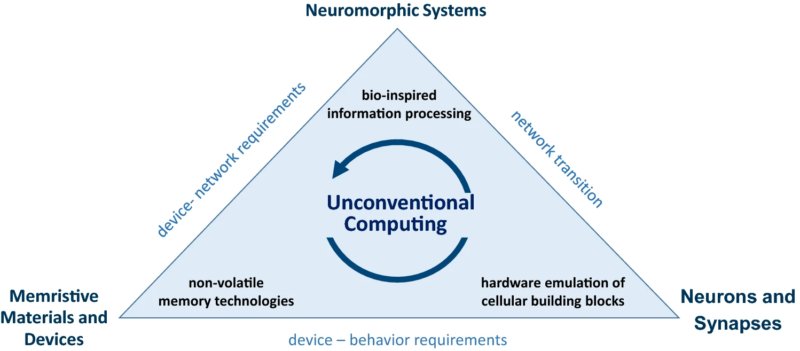Neuromorphic Computing: Mimicking the Human Brain for More Efficient Computing

About Course
Imagine a computer that thinks more like a brain than a machine—a system that learns, adapts, and consumes far less power than traditional architectures. Welcome to the world of Neuromorphic Computing, a revolutionary field where neuroscience meets computer science to reshape the future of intelligent systems. This course takes you on a fascinating journey into how engineers and scientists are designing hardware and software inspired by the human brain to build smarter, faster, and more efficient computational systems.
From understanding how biological neurons and synapses work to exploring technologies like spiking neural networks, memristors, and neuromorphic chips, this course offers a multidisciplinary dive into a cutting-edge domain. You’ll also explore real-world applications of neuromorphic computing in robotics, image and speech recognition, cognitive systems, and medical devices. Whether you’re a tech enthusiast, an AI researcher, or a student with a curiosity for the future of computing, this course will ignite your interest and broaden your perspective on how machines can emulate the human mind.
Course Content
Introduction
Definition of Neuromorphic Computing
00:00Brief history and development of Neuromorphic Computing
00:00Why Neuromorphic Computing is important
00:00Overview of the eBook
00:00